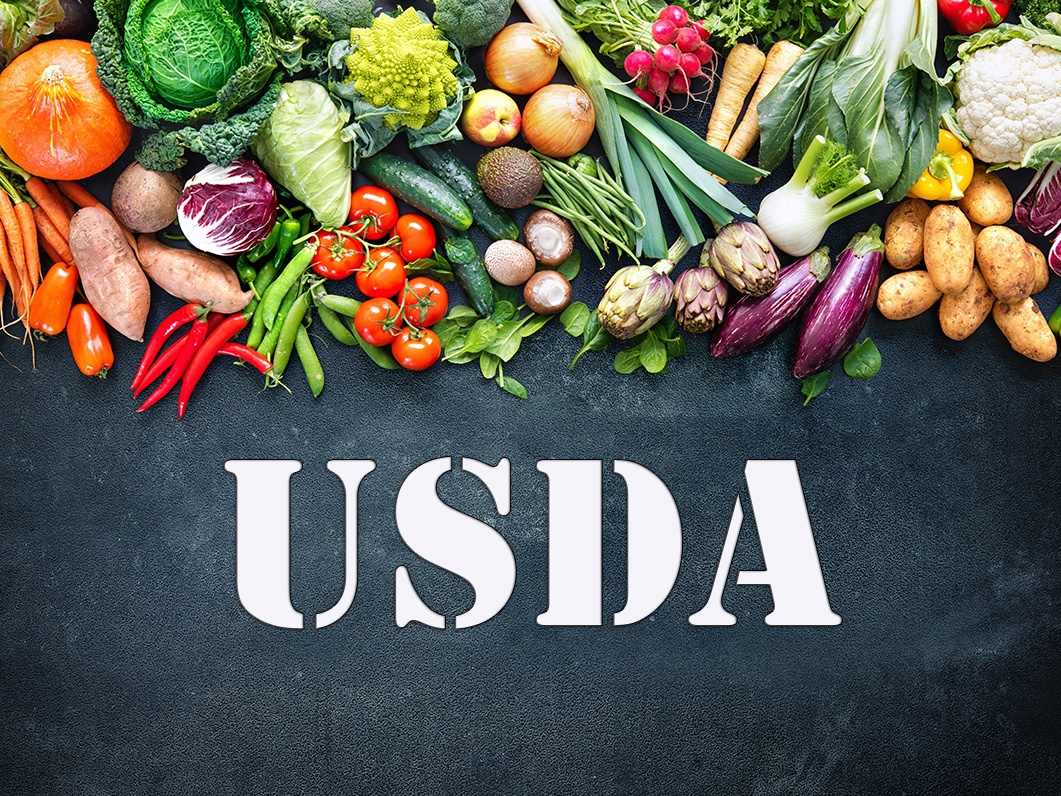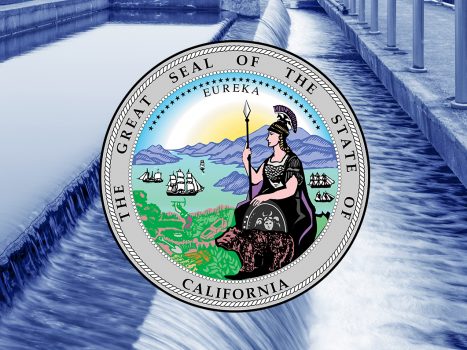The USDA announced on Aug. 6 that $10 million has been made available for competitive grant funding in the 2021 Specialty Crop Multi-State Program (SCMP).
According to Bruce Summers, admin of the USDA Agricultural Marketing Service that manages the SCMP, “This program is an important resource to strengthen the competitiveness of our nation’s specialty crop industry. By working across state lines, grant recipients can share resources and collaboratively address challenges for specific crops.”
These grants are awarded to state departments of agriculture to fund collaborative, multi-state projects that address food safety, plant pests and disease, research, crop-specific common issues, and marketing and promotion for specialty crops that include onions among the vegetables, as well as fruits, tree nuts, dried fruits, and horticulture and nursery crops.
With the SCMP grants, state departments must partner with organizations located in at least two different states to qualify. Partner organizations include specialty crop producer associations and groups, state agencies, Tribal governments, universities, nonprofits, and other stakeholder groups and organizations.
Funding will be available for use in spring 2022 with awarded projects with a period of performance of 36 months. Matching funds are not required.
In addition to screening proposals and submitting applications to AMS, participating state departments of agriculture will assume administrative responsibility for any application they submit that is selected for funding. They will also establish sub-grants and/or contracts with the multi-state partners to complete the project.
Applications must be received before 11:59 p.m. ET Dec. 6, 2021. For more information, visit the SCMP webpage or contact Martin Rosier at martin.rosier@usda.gov.
USDA touches the lives of all Americans each day in so many positive ways. In the Biden-Harris Administration, USDA is transforming America’s food system with a greater focus on more resilient local and regional food production, fairer markets for all producers, ensuring access to safe, healthy and nutritious food in all communities, building new markets and streams of income for farmers and producers using climate smart food and forestry practices, making historic investments in infrastructure and clean energy capabilities in rural America, and committing to equity across the Department by removing systemic barriers and building a workforce more representative of America. To learn more, visit www.usda.gov.
USDA is an equal opportunity provider, employer, and lender.



